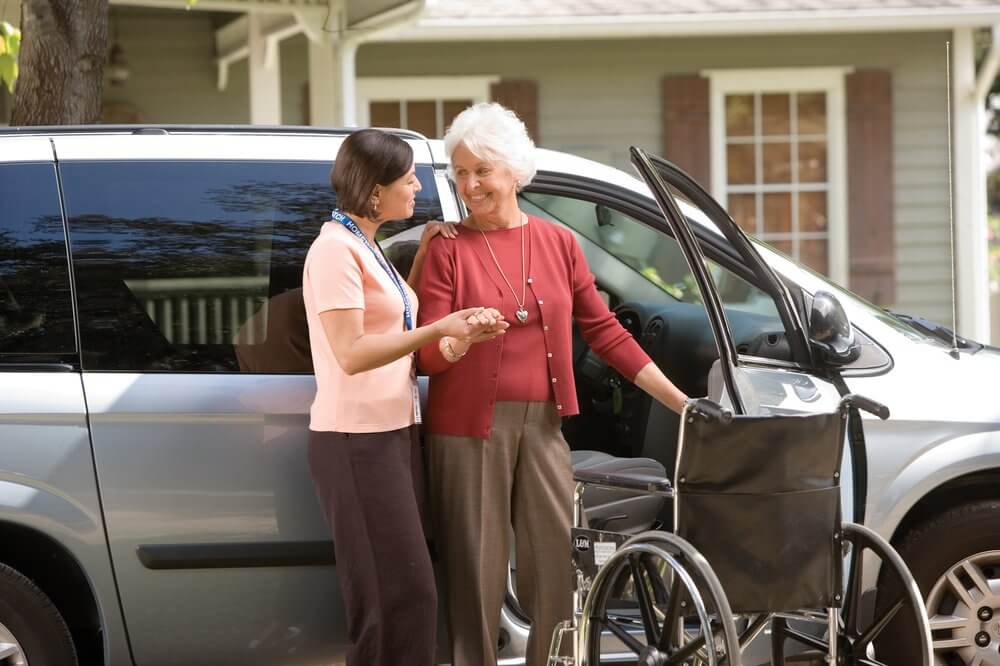In many families, nannies play a crucial role not only in caring for children but also in providing transportation to and from various activities. Whether it’s school, sports practice, music lessons, or other scheduled events, involving a nanny in transportation duties requires careful consideration to ensure the safety of your children and the well-being of your nanny.
Choosing the Vehicle:
The first step in this process is deciding whether to use the family’s car or the nanny’s vehicle. If the family car is chosen, it’s essential to add the nanny as an additional insured driver on the automobile insurance policy. A quick call to the insurance carrier can provide the necessary information to make this adjustment.
Using the Nanny’s Car:
If the decision is made to use the nanny’s vehicle, several important steps should be taken:
- Communication: Have an open discussion with the nanny to ensure they feel comfortable using their car for transporting your children.
- Background Check: Run a background check on the nanny’s driving history to ensure their record aligns with your safety standards.
- Insurance Coverage: Review the nanny’s insurance coverage to confirm it adequately protects your family. Discuss how deductibles will be handled in case of an accident.
- Vehicle Inspection: Check the physical condition of the vehicle and the proper installation of car seats. Consider having a professional inspection, with the family covering the expenses.
Mileage Reimbursement and Additional Costs:
If the nanny is using their car, it’s important to provide fair compensation. Families should offer mileage reimbursement at the IRS rate, and any additional insurance costs should be covered by the family.
Minimizing Wear and Tear:
To show appreciation for the nanny using their vehicle, families can take steps to minimize wear and tear. Allow the nanny to set rules for the vehicle, such as eating and drinking guidelines. Consider periodic detailing of the nanny’s car as a gesture of gratitude.
Mission and Safety:
Having a clear mission for transportation services is crucial. Prioritize safety by conducting monthly vehicle inspections, extensive background checks, fingerprinting, regular DMV checks, and providing driver training. All drivers should be first-aid and CPR trained, with a commitment to ensuring that all passengers wear seat belts.
Conclusion:
Ensuring safe and reliable transportation for your children when involving a nanny requires open communication, thorough checks, and fair compensation. By following these guidelines, families can create a secure and positive environment for both the children and the nanny, fostering a strong and trusting relationship. Remember, the goal is to provide parents with peace of mind and children with a vehicle of opportunity to actively participate in the world around them.





